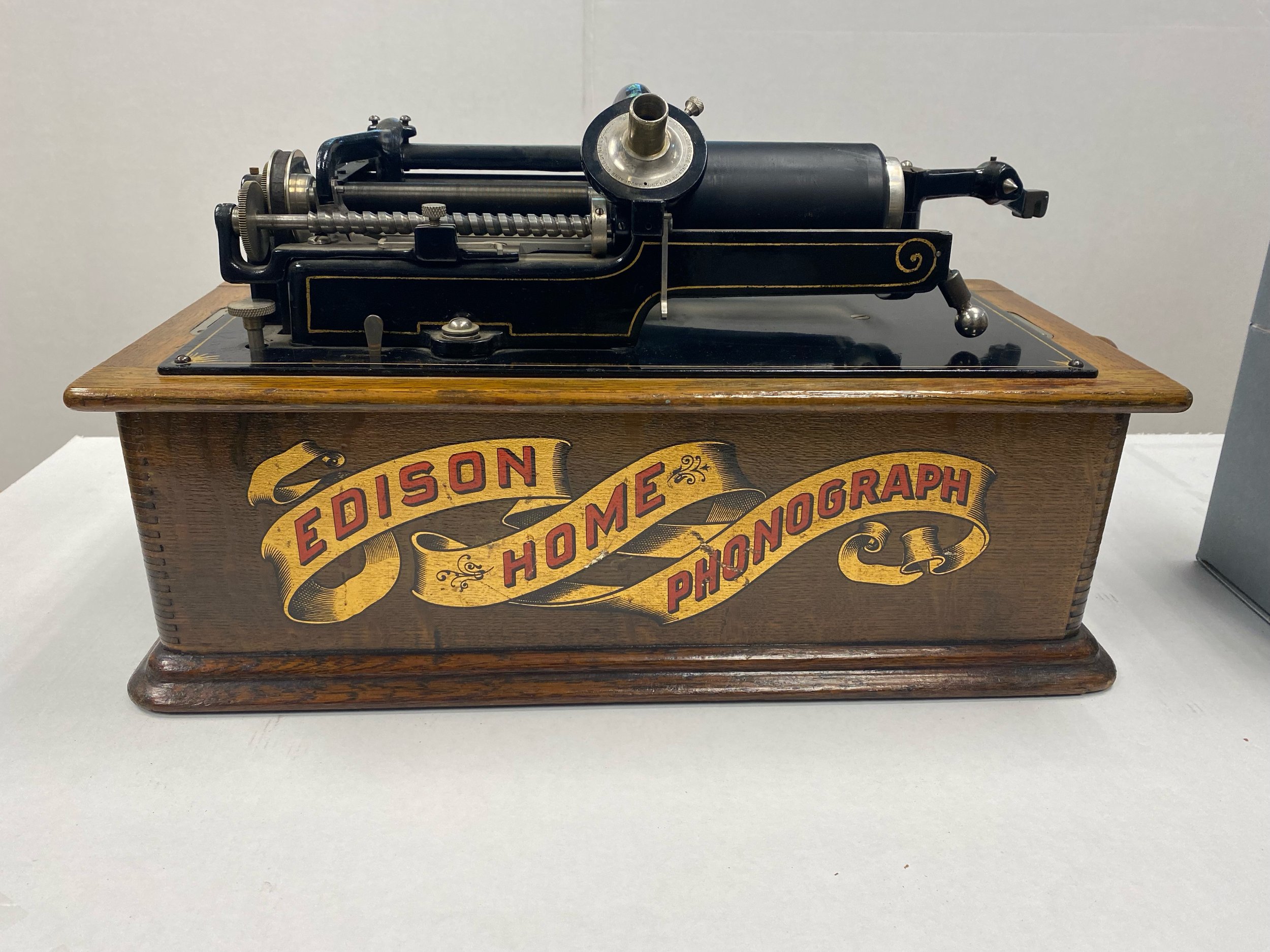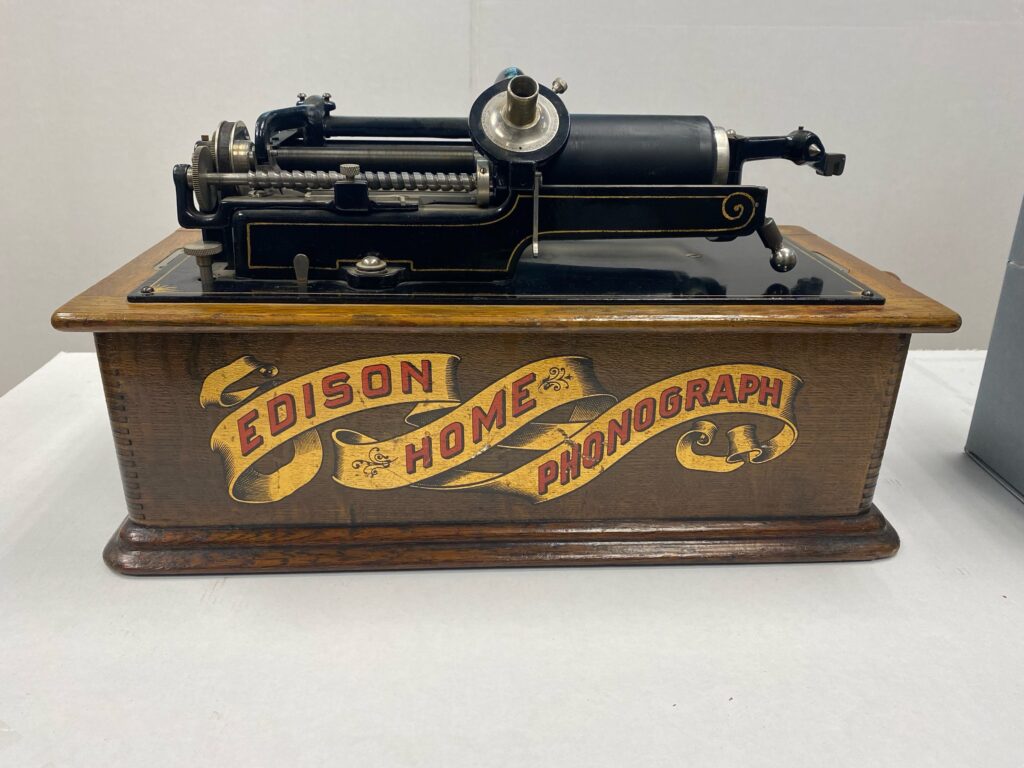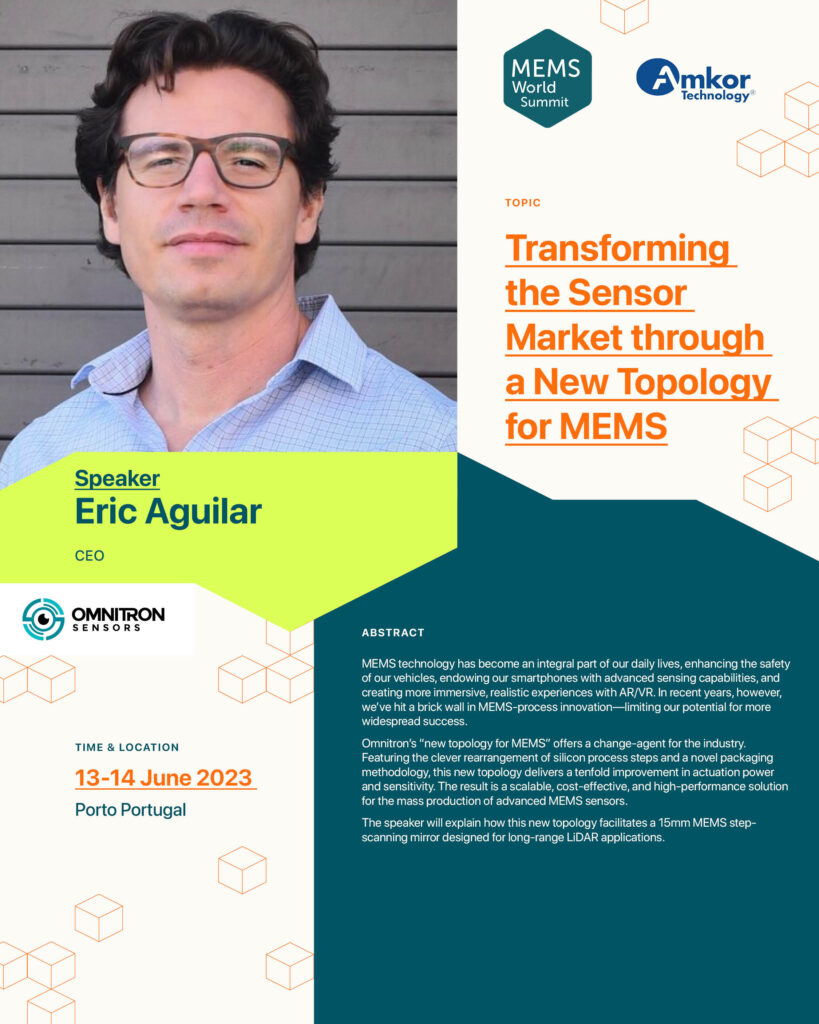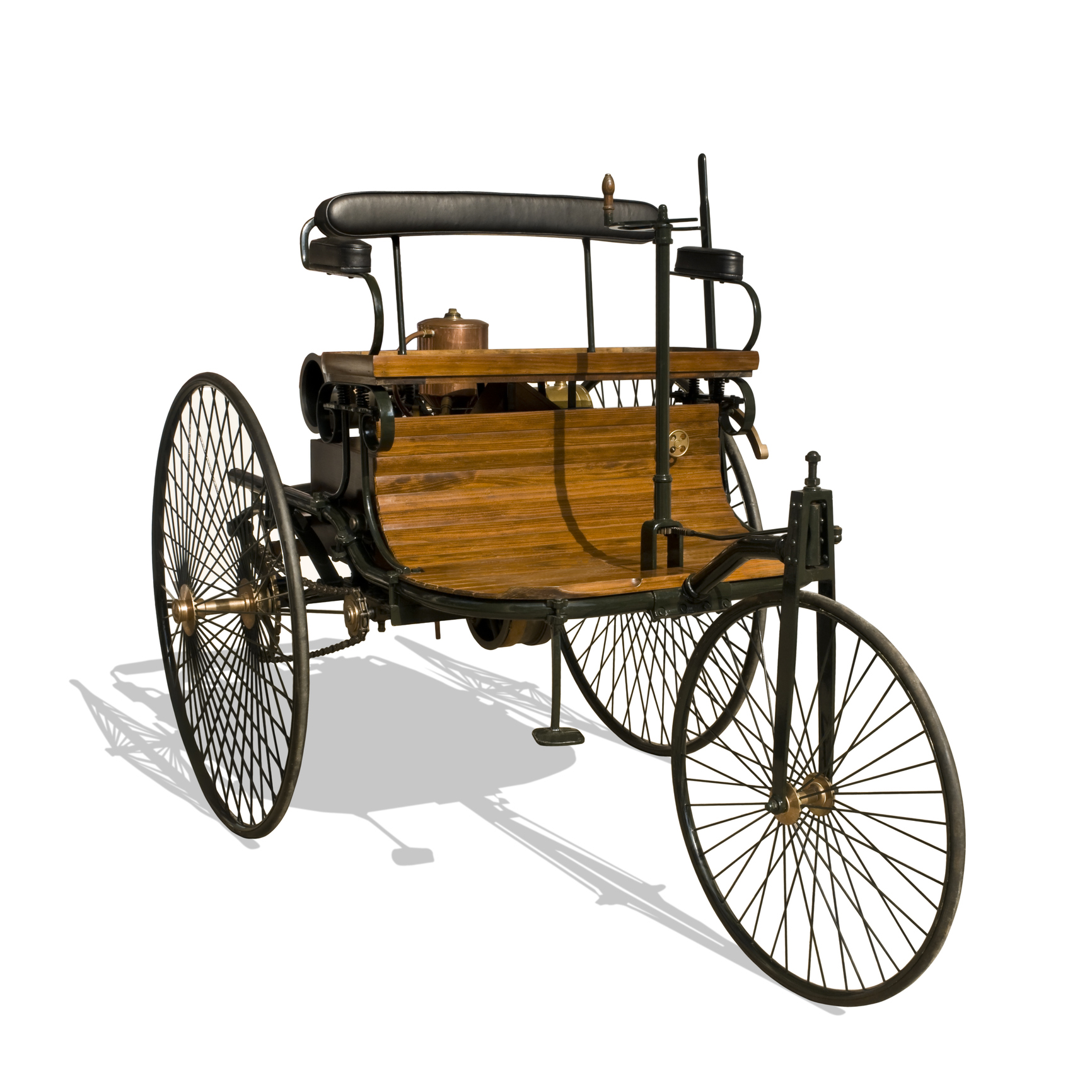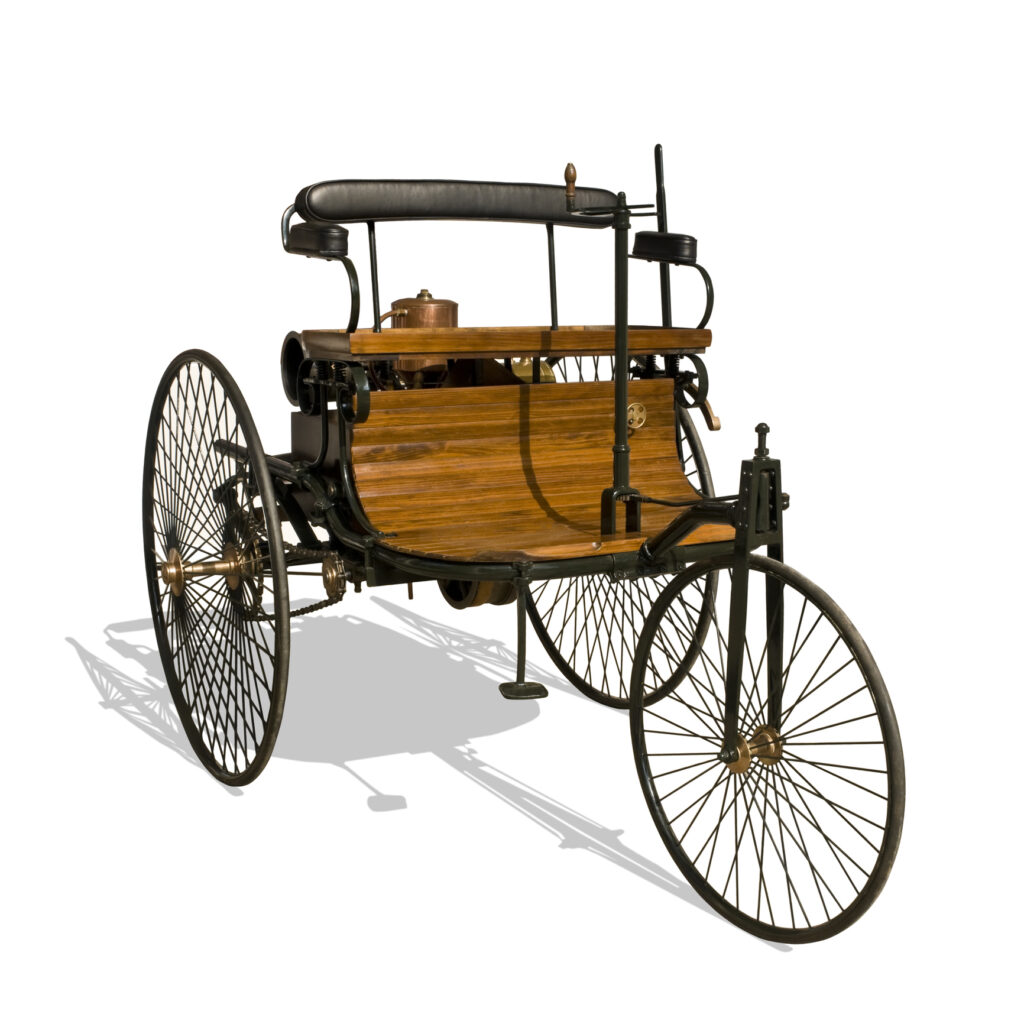MEMS IP company works with premier MEMS foundry to commercialize first product
LOS ANGELES—September 7, 2023 — Omnitron Sensors, the pioneer in MEMS sensing technology for high-volume, low-cost markets, today announced that it will work with Silex Microsystems on the manufacture of its microelectromechanical systems (MEMS) scanner for LiDAR.
“We’re seeing massive demand for low-cost and reliable LiDAR from manufacturers of automotive ADAS, drones and other robotic systems,´ said Eric Aguilar, co-founder and CEO, Omnitron Sensors. “Our selection of Silex Microsystems—which is the world’s largest pure-play MEMS foundry—signifies our market-readiness to deliver the first MEMS scanner that meets the accuracy, reliability, size, cost and volume requirements of LiDAR in diverse applications.”
Solving MEMS manufacturing challenges
Manufacturing MEMS devices is notoriously difficult. Problems with size, reliability, durability and repeatability—and the fact that process technology is unique for each new MEMS device—make MEMS manufacturing expensive and slow design-to-delivery cycles. Omnitron’s core IP solves these challenges. As a new topology for MEMS, Omnitron’s IP rearranges manufacturing processes and supports them with new packaging techniques. This speeds volume production of a wide range of small, low-cost, precise MEMS sensors—from scanning mirrors and inertial measurement units (IMUs) to microphones, pressure sensors, and telecom switches.
“Omnitron’s new topology for MEMS—which features the clever rearrangement of silicon process steps and a new packaging method—is a major step forward for the microelectronics industry because it mitigates the manufacturing complexity that has limited the growth of MEMS to date,” said Aguilar. “By leveraging the standard tools and processes already found in the Silex fab, Omnitron clears the way for robust, reliable and affordable MEMS devices that are delivered to market quickly and at high volume.
For more information
To learn more about Omnitron Sensors, please contact us by email: info@omnitronsensors.com or via the Omnitron website.
About Omnitron Sensors
Founded in 2019 by a core group of MEMS industry innovators, Omnitron Sensors has invented a new topology for MEMS—IP that improves device performance and reliability, and that streamlines assembly to produce MEMS sensors for price-sensitive, high-volume markets. Learn more at https://omnitronsensors.com.
The Omnitron Sensors logo is a registered trademark of Omnitron Sensors. All other product and company names are trademarks or registered trademarks of their respective holders.
Press Contacts
Eric Aguilar, Omnitron Sensors
Email: eric[at]omnitronsensors.com
Maria Vetrano, Vetrano Communications
Email: maria[at]vetrano.com


